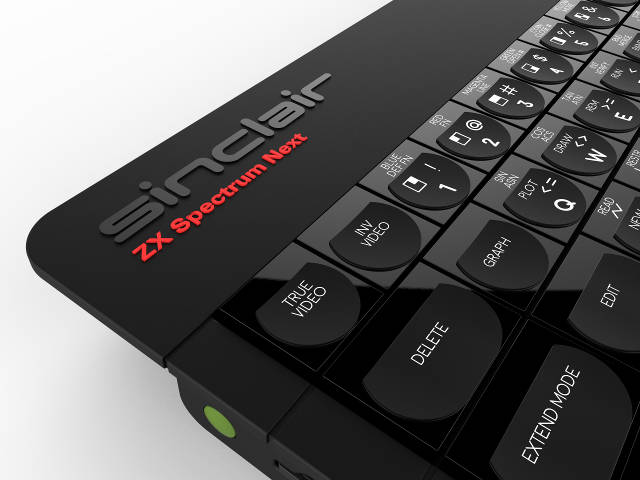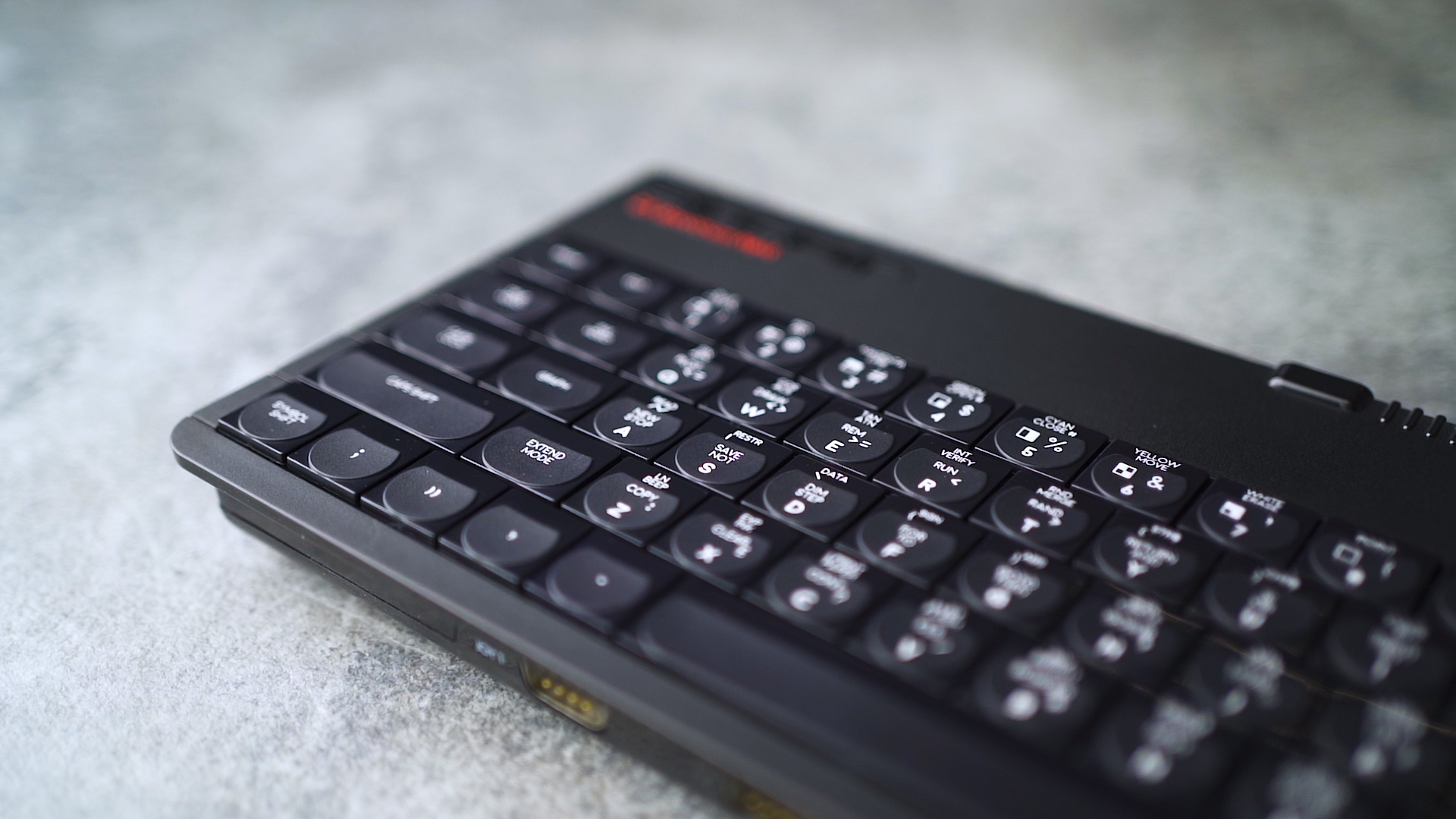

One of the most celebrated ZX Spectrum developers, Jim is the coder behind classics such as Cabal and Midnight Resistance among many others.


He’s the co-creator of the TBBlue Spectrum board, the starting point of the Next hardware. Recognised as a key figure in the MSX hardware scene in Brazil, Fabio is a computer scientist with a not-so-hidden passion for the Speccy (the MSX vs Speccy in Brazil was analogous to the C64 vs Speccy in the UK). Perhaps his mostly recognised project is the multisystem cartridge emulator, enabling many consoles to use a single device to load games from SD cards. One of the most gifted retro hackers on the planet, Victor is responsible for an endless string of open source hardware aimed at keeping our beloved oldies alive. If you think the Spectrum Next looks gorgeous, it’s all his doing. Over the decades his creations have stood out of the crowd and survived the test of time, remaining icons of design to this day.
FPGA SINCLAIR ZX SPECTRUM HDMI SOFTWARE
Once they created the hardware and software to make it run (the project was then called TBBlue), Rick Dickinson joined the group to wrap all that goodness into one heck of a design that any true Sinclair fan should fall in love with.Īn industrial designer of unparalleled talent, Rick’s seminal works include the ZX80, ZX81, ZX Spectrum, Plus and QL. The Spectrum Next was born out of the incredible (and hacky) minds of Victor Trucco and Fabio Belavenuto, Speccy enthusiasts who have been keeping all sorts of retro hardware alive for the past 20 years. Here’s the Next housed within an original Speccy. We think the job is done! Rick also took great care to create a keyboard that’s more responsive and features higher bandwidth input than the original, using a butterfly mechanism to power a tactile response to any fingertip touching its keys. We got to thank Rick Dickinson, the designer of all things Sinclair, for dedicating his time and amazing team to come up with a spiritual successor to one of the best and most loved industrial designs ever.

Joystick: DB9 compatible with Cursor, Kempston and Interface 2 protocols (selectable).Audio: Turbo Sound Next (3x AY-3-8912 audio chips with stereo output).Storage: SD Card slot, with DivMMC-compatible protocol.Video: Hardware sprites, 256 colours mode and more.Memory: 1024Kb RAM (expandable to 2048Kb on board).Here’s what under the hood of the machine: The Spectrum Next is fully implemented with FPGA technology, ensuring it can be upgraded and enhanced while remaining truly compatible with the original hardware by using special memory chips and clever design. The latest pre-production fully working prototype board Here is our answer: The Spectrum Next – an updated and enhanced version of the ZX Spectrum totally compatible with the original, featuring the major hardware developments of the past many years packed inside a simple (and beautiful) design by the original designer, Rick Dickinson, inspired by his seminal work at Sinclair Research. Meanwhile hardware hackers around the world have expanded the ZX Spectrum to support SD card storage, feature new and better video modes, pack more memory, faster processor… Problem is, these expansions can be difficult to get hold of, and without a standardised Spectrum, no one knows what to support or develop for. Alongside this there are thousands of awesome games in the back catalogue to play. New games are being launched all the time, the demoscene carries on pushing the hardware limits to the unimaginable, artists keep on creating great 8-bit eyecandy and music with it. The Speccy was, and still is, on a league of its own.ĭecades have come and gone and the Speccy is still alive and kicking. Why wouldn’t we? It was much more than just a computer: it was a machine that sparked a gaming revolution, neatly housed within its iconic design powered by sheer simplicity.


 0 kommentar(er)
0 kommentar(er)
